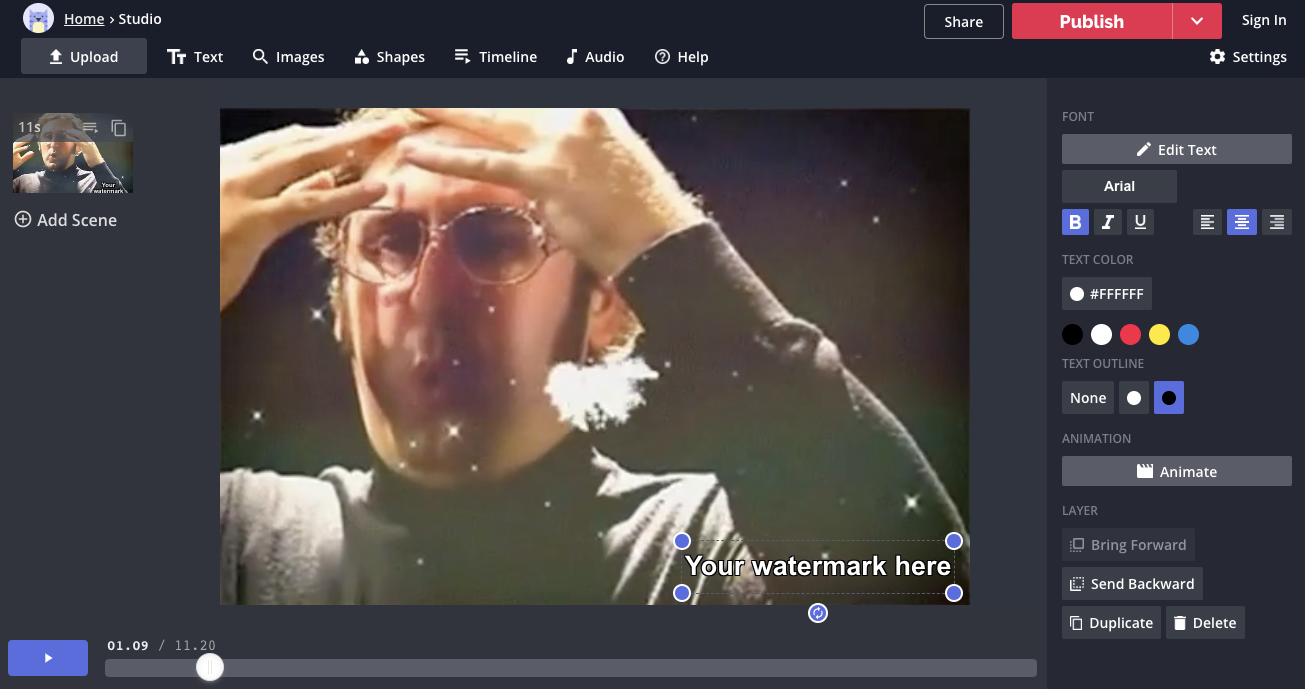With international travel restrictions, theater closures, and nation-wide lockdowns brought by the Covid-19 pandemic, film festivals have also had to recalibrate to stay afloat and attract attendees. Film festivals, which screen pre-release and curated films, have, thus, moved to streaming platforms. Organizers are also live streaming video conversations and hosting pre-recorded messages from filmmakers to make the virtual viewing more experiential.
However, this has made content, especially unreleased films, all the more vulnerable to being ripped off online by pirates. Identity management and credentials sharing have also emerged as a second set of risks that has recently flourished in the B2C SVOD services domain and can be applied equally to virtual film festivals. In addition, there is a lack of physical control and enforcement when movie premieres, and premium content is moved from public to private locations, thereby making screen grabbing much easier.
While organizers and distributors have relied on DRM protected content to prevent unauthorized access to premium streaming content, virtual screenings can still be pirated through stream recording methods. Forensic watermarking is an efficient video-protection technology that can be used to deter content piracy and identify its ownership, copyright, and authenticity. Watermarking techniques are used to imperceptibly embed metadata (user ID, IP address, time stamps, etc.) into the video stream, which can be used as forensic evidence to track down the source of infringement.
Basic video watermarking techniques identify the potential source of pirated content, however, studios and film creators may require recognition down to individual user accounts or streaming sessions. Session-specific watermarking can help achieve this task. Here, only two-content versions are created to create unique manifests for each specific session, which can be regularly cached on a CDN. In addition, it does not require third-party libraries, as the relevant session data is stored within the content itself for server-side processing.
The organizers of virtual film festivals should, therefore, identify platforms which can securely host virtual festivals and award screenings and have additional features, such as geo-blocking, secure distribution, and Zoom integration for live sessions. Even when physical festivals return, these virtual platforms might very well continue to be used for festivals as they have brought in newer audiences and expanded viewership.

